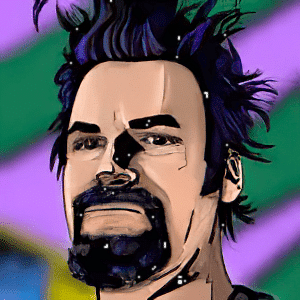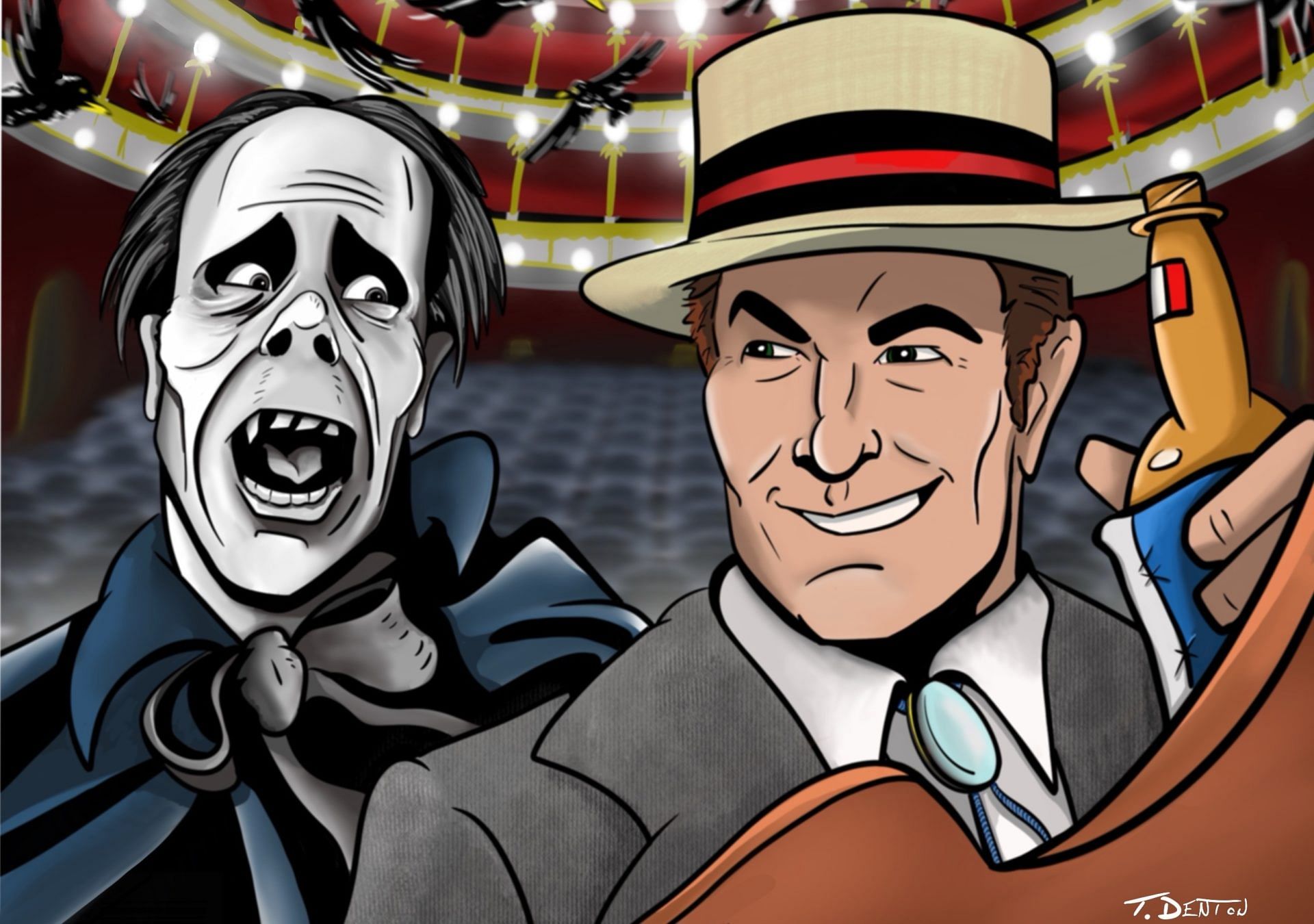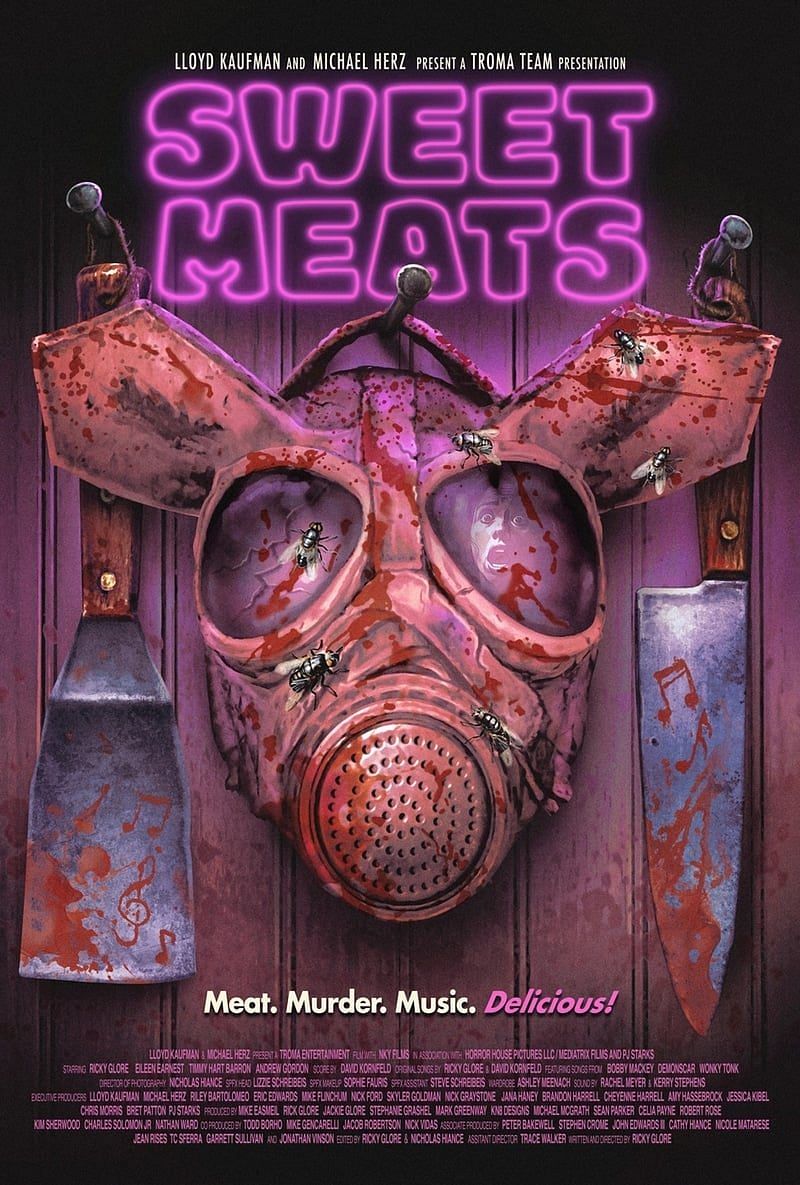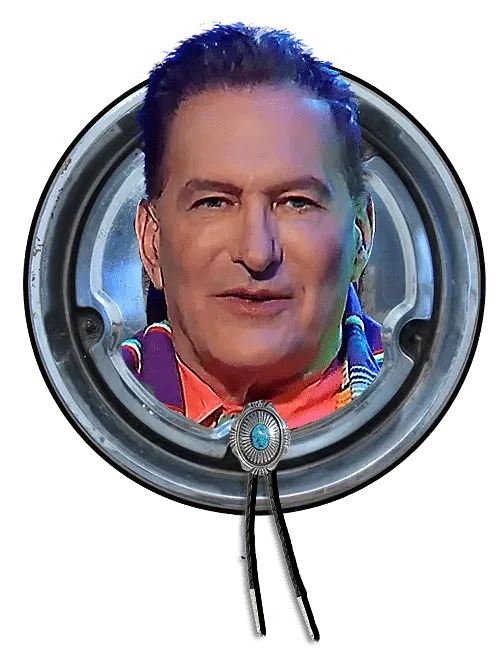The studio that made Godzilla released this one at the tail end of the disaster flick boom of the 1970s and 1980s and we get a bunch of familiar drive-in faces as our reward
In the early 1970s to about 1981, if you were a big-time filmmaker and had money to burn, you did a disaster flick.
The recipe went something like this:
- You get a bunch of movie stars together and they do about an hour’s worth of scenes where they panic about impending doom and bitch about their interpersonal relationships.
- Somebody runs around (usually the person with top billing) warning about the impending doom with varying success.
- Impending doom stops being impending.
- People die.
- People deal with the effects of the doom.
- More people die. Bonus points if the star who was top-billed dies at the end.
There were about four bazillion disaster flicks during this period, the biggest and most well-known ones the responsibility of a producer named Irwin Allen. Any student of U.S. cinema has at least a passing knowledge of the big ol’ cinematic events he had a hand in — Poseidon Adventure (boat flips over with Ernest Borgnine and Gene Hackman on it); Towering Inferno (big building catches on fire, Paul Newman and Steve McQueen save the day); The Swarm (Henry Fonda and Michael Caine fight killer bees); and When Time Ran Out (Paul Newman again, this time fighting a volcano). They all were around two hours, but seemed like five because of all the talking leading up to the 15 minutes or so of models getting burnt, blown up or crushed. Then the rest of the running time consisted of the surviving stars staggering through the ruins to safety.
As the returns dwindled and movie producers ran out of disasters to do, the genre went dormant until the mid 1990s rolled around with a spate of volcano flicks and Earth vs. meteor flicks that again emerged to wreak havoc. Then it went dormant again until the 2000s with the Roland Emmerich cycle of flicks.
Jumping back to the tail end of the original disaster cycle, Japanese studio Toho (yes, the creators of our green scaly pal, Godzilla) had put the big green guy into hibernation and was looking to make a grand impact in the global movie market, so producer Haruki Kadokawa spent about $12 million in creating the most-expensive Japanese movie at the time (1980) — Fukkatsu No Ki or Virus: Day of Resurrection.
And here’s the recipe for Virus:
Kadokawa got together Chuck Connors (our pal from Tourist Trap); Bo Svenson (our pal from the Walking Tall sequels); Olivia Hussey (our heroine from Black Christmas); George Kennedy (too many to mention); Robert Vaughn; Edward James Olmos; Glenn Ford; and Sonny Chiba(!).
Virus does a bunch of chronological jumping around, though. As the flick starts, the first impending doom has already happened in the form of a viral outbreak. We find this out when get a submarine piloted by Connors (playing a British guy) launches a drone outside Tokyo and the video footage it returns is dotted with skeletons and general devastation (busted-up cars, rubble, the usual, no people in shoulder pads, though).
But, as the Talking Heads song asks, how did we get here?
Back in late 1981, a biological warfare virus was lifted by a German professor and put in one of those high-quality Thermoses that construction workers had back in the 1970s and 80s. This virus, MM-88, is described as “a Frankenstein monster masquerading as a virus” that enhances every sickness. When a guy sneezes as he’s expositioning, the professor says that if he unleashed the virus, the guy’d be dead of his cold in three days.
Fun times. And not to mention that the virus also kills everything that has a backbone.
So, of course some German soldiers bust in, shoot the professor and steal the virus because power and global domination, but they cheaped out and hired a dumbass pilot who flies into a mountain. The virus is unleashed but remains dormant because it’s the middle of winter and the MM-88 stays chill at freezing temperatures.
Spring comes, and the virus thaws and a bunch of sheep die and it hits Italy first and gets dubbed “The Italian Flu” — “It started out as a cold or flu, then turned into pneumonia.”
A U.S. scientist figures out that the virus came from a secret program, but he gets institutionalized by the military as the virus spreads because power and global domination. Work on a vaccine is delayed and time runs out on society in the subsequent months as the virus spreads too fast.
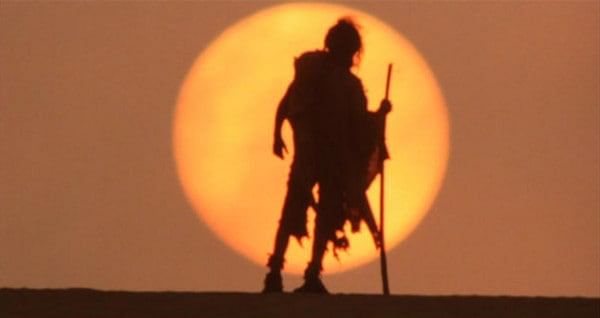
By the end of 1982, the only people left are the 855 men and eight(!) women who populate the research facilities in Antarctica (as well as a few nuclear subs floating around out in the ocean as well). And there’s still like an hour and a half to go where we get … more drama! Sexual politics! The threat of a devastating earthquake! Stock animal footage! The threat of the world being nuked! Chuck Connors doing a British accent and blowing up Russians! An Edward James Olmos piano interlude! A corpse getting kung-fued! And, last but not least, an impossible post-post-apocalyptic journey in bare feet through an irradiated wasteland where a survivor beats a fish to death on the sand.
And speaking of unconventional food preparation tactics…

- Best Display of Bipartisan Cooperation: Both President Richardson (Glenn Ford) and Sen. Barkley (Robert Vaughn) hang out together in the Oval Office wrapped in blankets with Kleenex strewn all over the place as they enjoy their final sunset together. There is little to no blood shed here.
- Best Reference to a John Carpenter Movie That Hadn’t Been Made Yet: So people in the Norwegian base in Antarctica go crazy on each other. (Olivia Hussey’s Marit survives, though). A stealth prediction of a certain flick involving a shape-shifting alien that came out two years later?
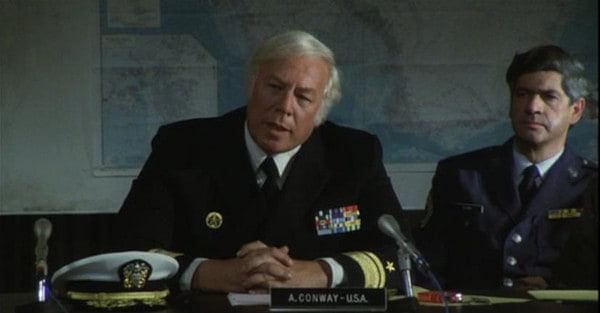
- Best Sums it Up: “Yeah, this is stupid!” Admiral Conway (George Kennedy) sums up the situation after finding out that an earthquake (predicted to be caused by oil drilling off the Washington, D.C., coast) would set off the U.S. nukes.
- Best Do the Math Again: Really, really awkward scene where the 11-country Federal Council of Antarctica established by the president of the U.S. before he succumbed to the virus tries to address the sexual assault of one of the eight women left on the planet. Not the finest feminist perspective to ever appear in a motion picture, that’s for certain.
- Second-Best Reference to a John Carpenter Movie That Hadn’t Been Made Yet: Major Carter (Svenson) has a one-sided, five-minute-long fight with the Japanese seismologist Yoshizumi (Masao Kusakari), who wants to go on the suicide mission to disarm the nukes in Washington, D.C. It’s nowhere near the epic grandeur that is the sunglasses fight in They Live, but it has the same vibe.
- Not Better Late Than Never: The world gets nuked because of an earthquake, but it’s partially Svenson’s fault for getting smooshed, then surviving long enough to find out that the world was being nuked by stock footage.
- Best Example of the Telepathic Bond Between You and Your Wife’s Best Friend: Antarctic base worker Tetsuo is apparently Force-sensitive because he hears the cries of his son and a nurse friend of his late wife as they pound some sleeping pills and drive a speedboat into the middle of the Pacific to save themselves from the lingering death promised by the MM-88. In response, Tetsuo throws on a coat and wanders out into a blizzard.
- Best Bad Guy: Our old pal Henry Silva (he’s 91 and still kicking) hates the Russkies so much that after watching the president die, he goes down into the basement of the Whit house where they keep all the nuclear defense equipment and arms the Automatic Reaction System just in case the globe-ravaging epidemic isn’t enough to kill the planet. No, it’s not as good as his role in Megaforce, but what is?
- Best Piano Interlude: Edward James Olmos, almost two hours into the flick.
Two and a half stars.
A word of advice: To get the full effect, be sure to watch the 21/2-hour Japanese cut and not the super-butchered American cut, which is dang-near incoherent. The Japanese cut is available to stream for free on TubiTV.
Check it out.


